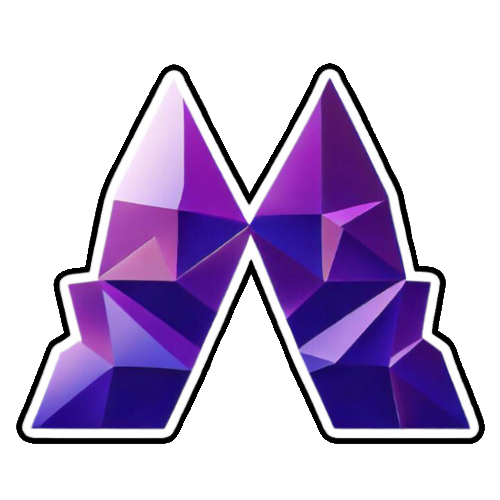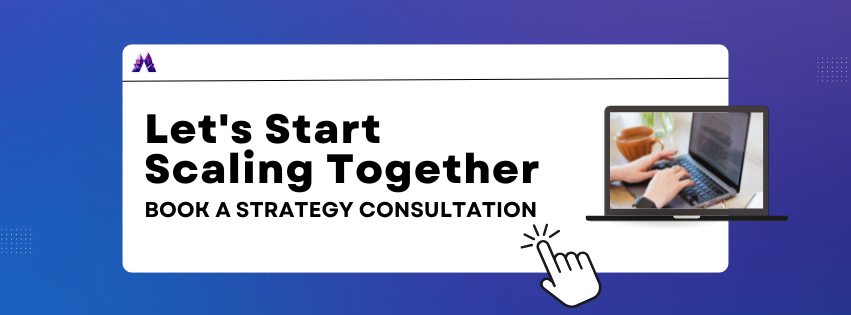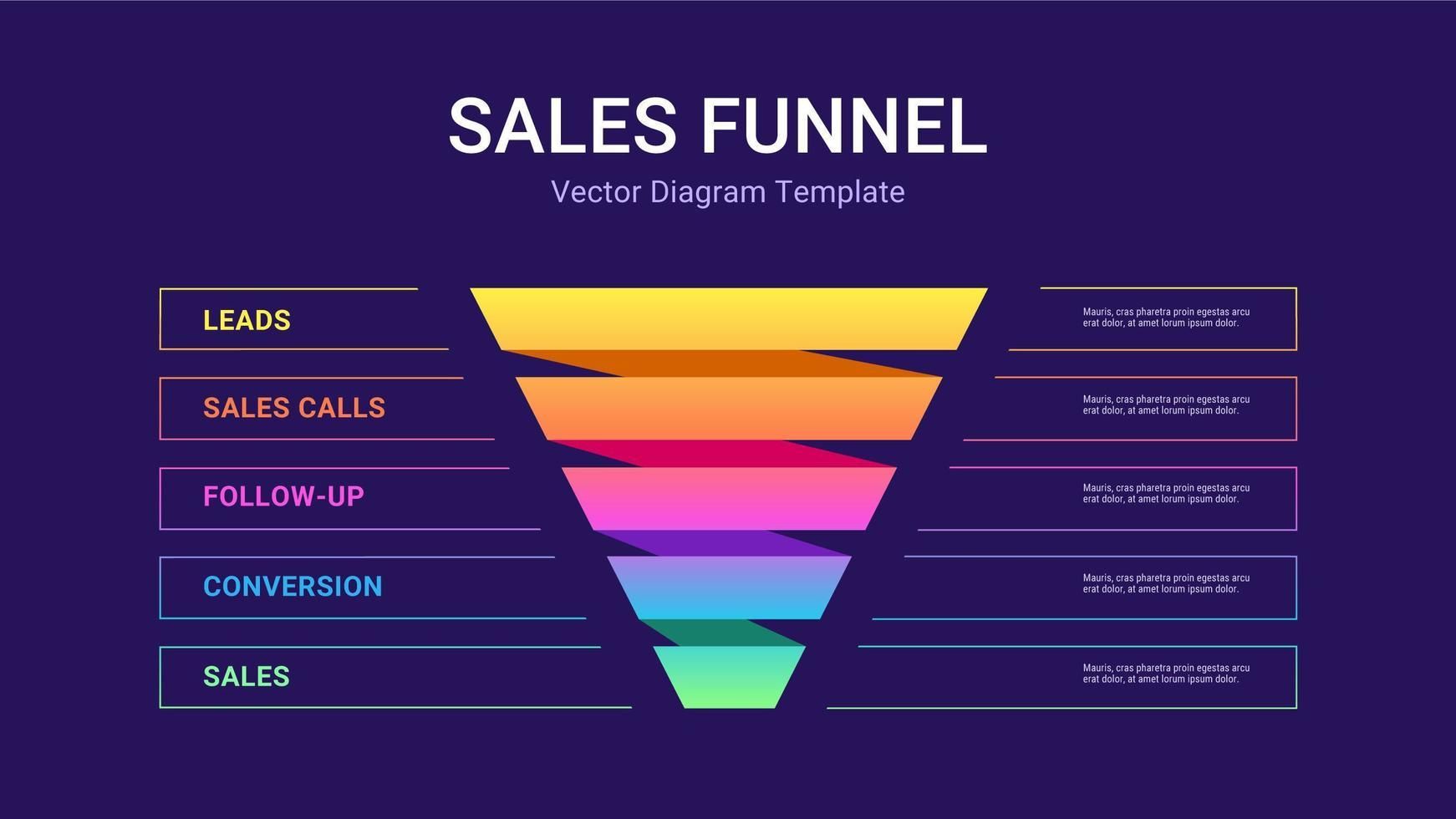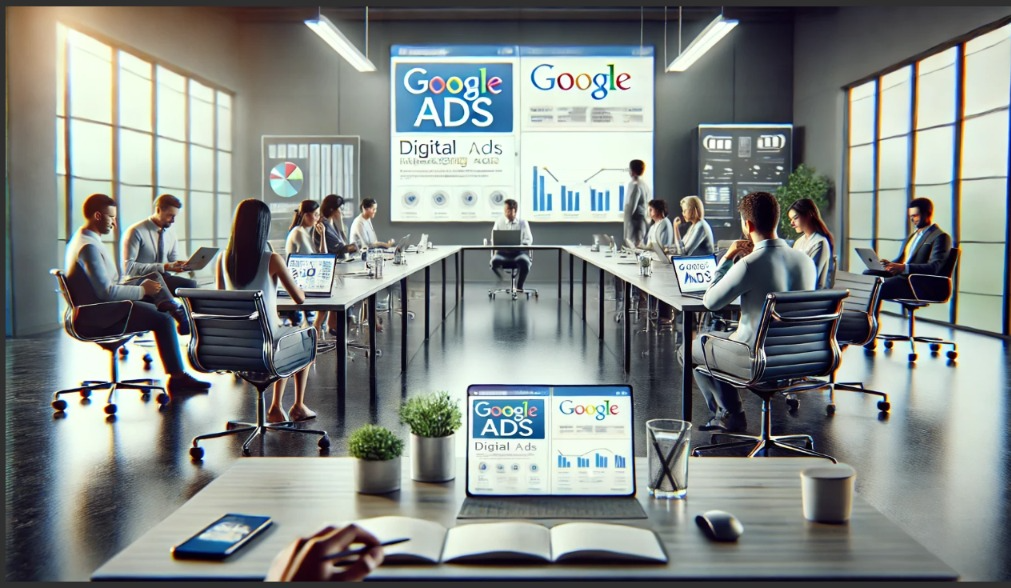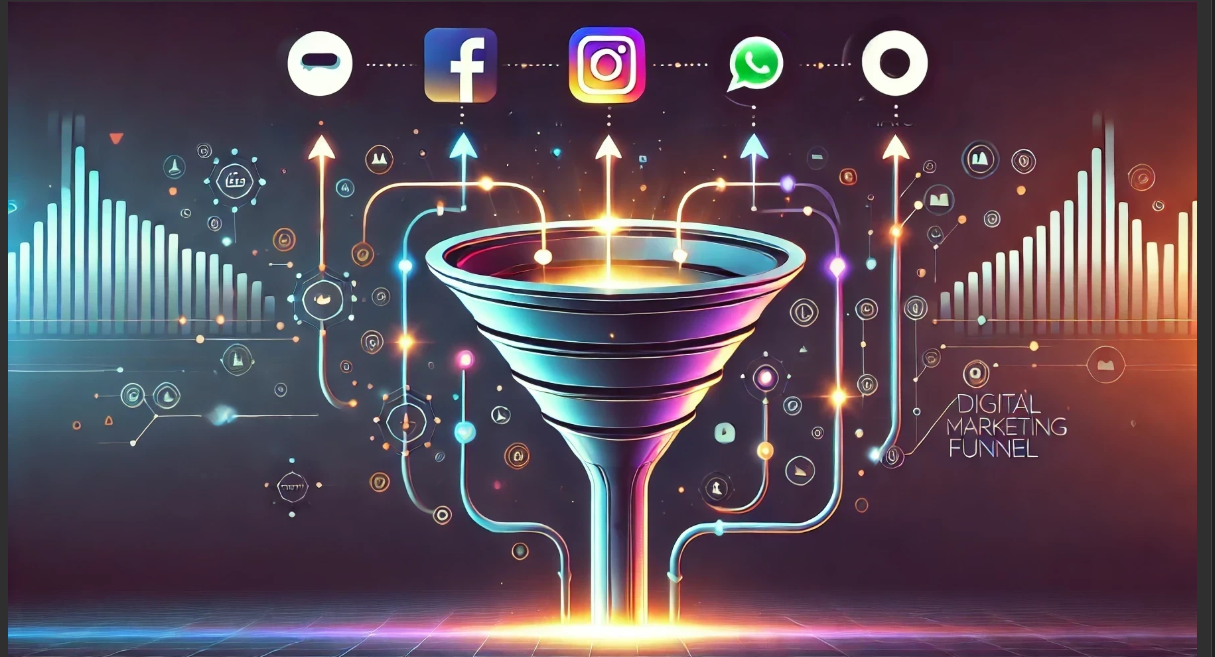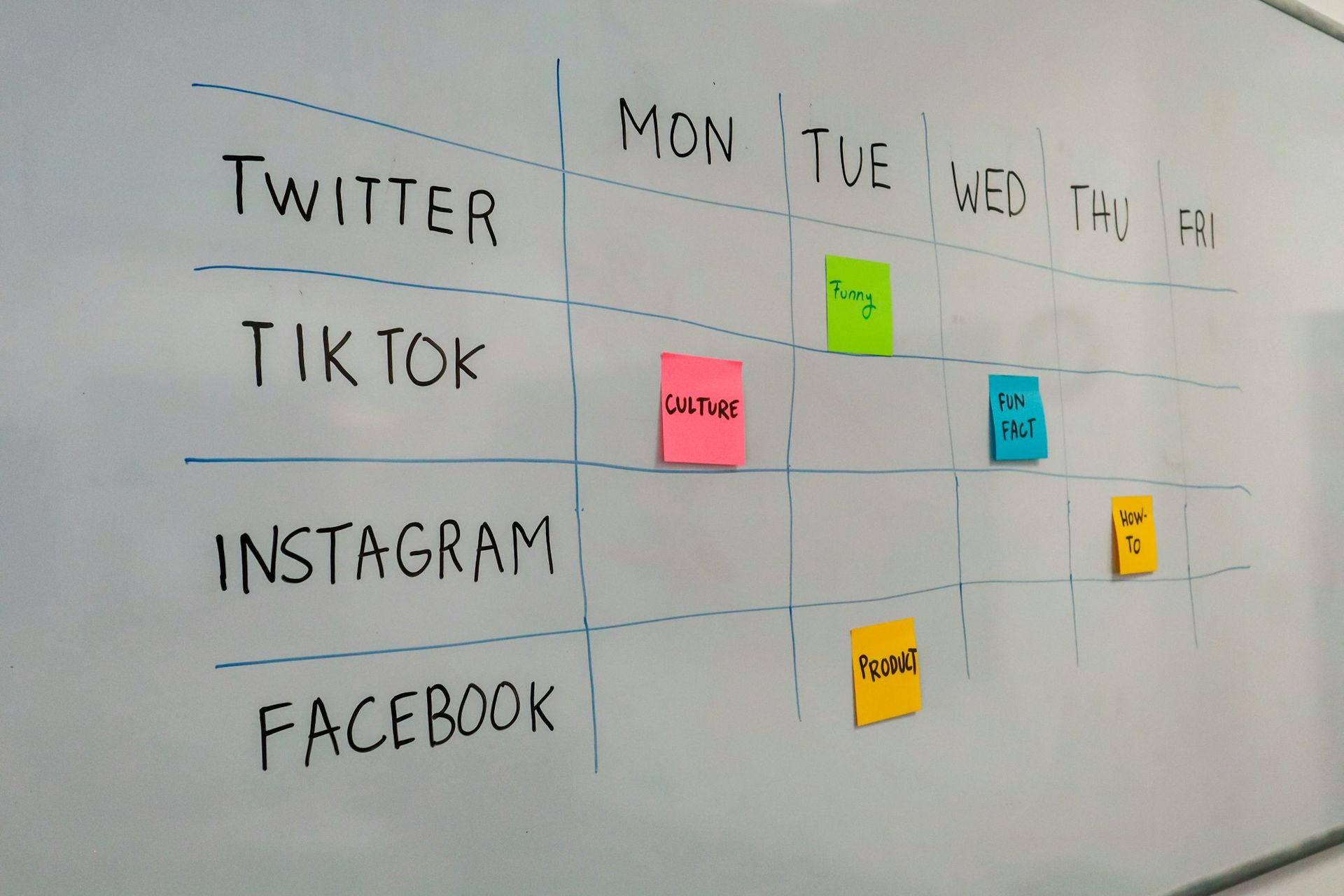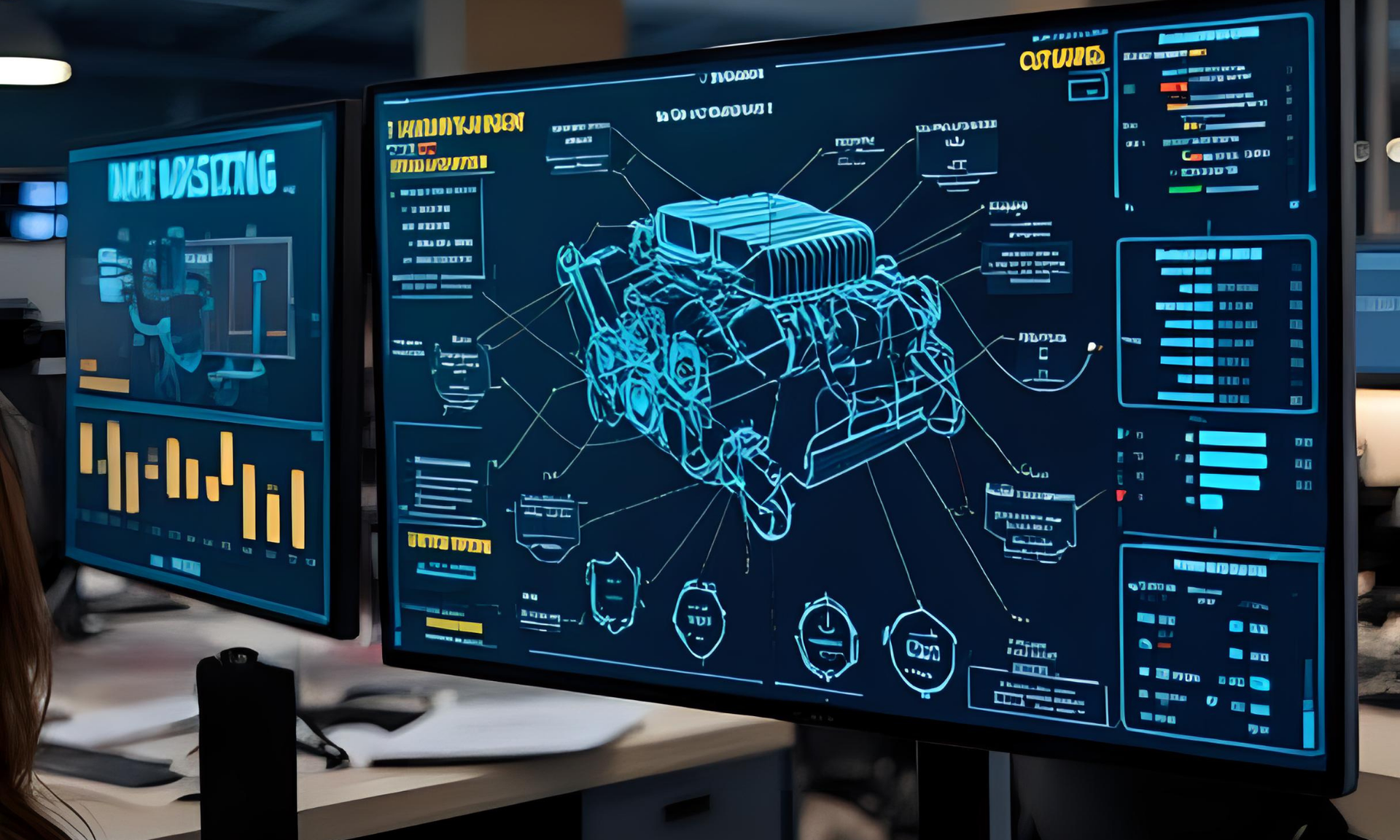5 Best Full Funnel Performance Marketing Channel Combinations: 2025 Expert Guide
The Evolution of Full Funnel Performance Marketing
The days of relying on single-channel performance campaigns are over. The marketing landscape in 2025 is characterized by a non-linear consumer journey across multiple platforms. Engagement must be consistent at every touchpoint to effectively guide consumers.
Low conversion rates coupled with escalating customer acquisition costs demand the implementation of robust performance marketing strategies to achieve sustainable growth.
Performance marketing channels are inherently data-driven and exist on online platforms, offering measurable results. This ensures that spending is efficient and strategic decisions are based on solid data, maximizing return on investment and driving business success.
Table of Contents
1. Evolution of Full Funnel Performance Marketing
2. Top-of-Funnel Channel Combination:
3. Middle-of-Funnel Channel Combination
4. Bottom-of-Funnel Channel Combination
5. Cross-Funnel Channel Combination
6. Emerging Channel Combination
7. How to Choose the Right Channel Mix for Your Business
8. FAQ
Bottom Line Up Front
The most successful performance marketing strategies in 2025 combine 3-4 complementary channels across each funnel stage, with AI-powered personalization driving 30% higher conversion rates when implemented correctly.

Top-of-Funnel Channel Combination: Paid Social + SEO + Influencer Marketing
The most effective full funnel performance marketing strategy starts with building awareness through a powerful three-channel combination that captures attention across multiple touchpoints while maximizing reach efficiency.
Paid Social Media Strategy Implementation
Paid social campaigns on Meta, TikTok, and LinkedIn serve as the primary awareness driver, but success requires sophisticated audience layering and creative optimization. Platform-specific strategies include:
Meta Platforms
Utilize Lookalike Audiences seeded from your highest-value customers, implement Broad Targeting with machine learning optimization, and leverage Video Views campaigns for maximum reach efficiency. The focus should be creating brand awareness and introducing your company, showing audiences you understand their problems and can solve them.
TikTok Advertising
With 91% of users taking action after watching a TikTok video—six times higher than other channels—implement Spark Ads that feel native to the platform. Use interest-based targeting combined with behavioral signals for optimal performance.
LinkedIn Campaigns
For B2B audiences, layer job titles, company size, and industry targeting while using Matched Audiences for account-based marketing approaches. Video ads generate 12 times more shares than traditional image-based ads on professional platforms.
Search Engine Optimization Framework
SEO provides the foundation for organic discovery, but modern SEO requires technical precision and content strategy alignment. Key implementation factors include:
Technical SEO
With Google accounting for over 93.9% of global mobile search market share, mobile-first optimization is non-negotiable. Implement Core Web Vitals optimization, structured data markup, and voice search optimization as 32.9% of internet users discover new brands through search engines.
Content Strategy
Content over 3,000 words gets 3x more traffic than average-length content and 4x more shares. Focus on E-E-A-T (Experience, Expertise, Authoritativeness, Trustworthiness) alignment with search intent, as this is the top focus for marketers in 2025.
Local SEO Integration
For businesses with physical presence, local optimization drives qualified traffic with higher conversion intent than generic searches.
Advanced Influencer Marketing Tactics
Influencer marketing has evolved beyond simple product placements to strategic partnership models that drive measurable performance:
Micro-Influencer Strategy
Partner with influencers having 10K-100K followers who demonstrate high engagement rates (3-6%) rather than vanity metrics. These partnerships typically cost 60-80% less than macro-influencers while delivering superior conversion rates.
Performance-Based Partnerships
Implement affiliate commission structures alongside flat fees, creating incentive alignment between influencer content and business results. Use unique promo codes and trackable links for attribution.
Content Amplification
Repurpose influencer-generated content across paid social campaigns, extending reach beyond the influencer's audience while maintaining authenticity signals
TOFU Integration Summary
This three-channel combination creates a powerful awareness ecosystem because each channel reinforces the others: paid social provides immediate visibility and data collection, SEO builds long-term organic authority, and influencers deliver credible third-party validation.
Our performance marketing agency typically sees 40-60% higher brand recall when clients implement all three channels simultaneously,
with cost per acquisition improving by 25-35% compared to single-channel approaches.

Middle-of-Funnel Channel Combination: Email Marketing + Retargeting + Content Marketing
The consideration stage requires sophisticated nurturing approaches that guide prospects through complex decision-making processes, making email marketing, retargeting, and content marketing the essential trinity for middle-funnel performance optimization.
Advanced Email Marketing Automation
Email marketing remains the highest ROI channel when executed with precision, delivering conversion rates of 2.8% for B2C brands and 2.4% for B2B companies. However, success requires moving beyond basic newsletter approaches to behavior-triggered automation:
Behavioral Segmentation
Implement dynamic segmentation based on website behavior, engagement history, and purchase patterns. Subscribers who receive targeted emails based on behavior show 74% higher open rates and 102% higher click-through rates.
Progressive Profiling
Gradually collect customer data through smart forms and preference centers, enabling increasingly personalized messaging without overwhelming prospects with lengthy initial forms.
Lifecycle Email Sequences
Develop automated sequences for different customer journey stages, including welcome series (5-7 emails), educational nurture campaigns (10-15 emails), and re-engagement campaigns for dormant subscribers.
A/B Testing Framework
Continuously test subject lines, send times, content formats, and call-to-action placement. Companies that A/B test their email campaigns see 37% higher ROI compared to those that don't.
Strategic Retargeting Implementation
Retargeting campaigns re-engage website visitors across platforms, but advanced implementation requires sophisticated audience segmentation and creative rotation:
Dynamic Product Retargeting
For e-commerce businesses, implement dynamic creative that showcases specific products viewed, with real-time inventory and pricing updates. This approach typically increases conversion rates by 40-60% compared to static retargeting ads.
Cross-Platform Retargeting
Create unified audience segments that span Google Display Network, Facebook, Instagram, and programmatic platforms, ensuring consistent messaging while avoiding ad fatigue through frequency capping.
Abandonment Recovery Sequences
Implement multi-stage campaigns targeting cart abandoners, form abandoners, and content engagers with increasingly compelling offers over 7-14 day periods.
Lookalike Audience Expansion
Use retargeting pools to create lookalike audiences for prospecting campaigns, leveraging the high-intent behavior signals of website visitors
Content Marketing Strategy Integration
Content marketing provides educational value prospects need to advance toward purchase decisions, but strategic content requires alignment with both email campaigns and retargeting efforts:
Content Pillar Development
Create comprehensive topic clusters around buyer pain points, with each pillar containing 15-20 pieces of related content spanning blog posts, videos, infographics, and downloadable resources.
Gated Content Strategy
Develop premium content assets (whitepapers, webinars, case studies) that capture lead information while providing genuine value. Gate only your highest-value content to maintain positive user experience.
Content Personalization
Dynamically adjust website content based on traffic source, previous interactions, and known demographic information. Personalized content experiences increase conversion rates by 202% compared to generic approaches.
Video Content Integration
With 91% of businesses using video as a marketing tool and 90% reporting positive ROI, integrate video content across email campaigns and retargeting ads for maximum engagement.
This performance marketing strategy
combination typically increases qualified lead generation by 25-35% compared to single-channel approaches, with lead
quality scores improving by 40-50% due to the multi-touch nurturing process.
The key to success lies in creating seamless experiences where email content complements retargeting messages, and both channels drive engagement with educational content assets, as documented in our comprehensive performance marketing guide.

Bottom-of-Funnel Channel Combination: Search Ads + Landing Page Optimization + CRO
Converting qualified prospects into customers requires precision targeting and optimized conversion experiences, making search advertising, landing page optimization, and conversion rate optimization the essential triumvirate for bottom-funnel performance.
Search Engine Marketing Mastery
Search engine marketing captures high-intent prospects actively seeking solutions, but success requires sophisticated keyword strategy and campaign structure:
Intent-Based Keyword Targeting
Focus on commercial and transactional keywords with clear buying intent. Long-tail keywords (3+ words) typically have 2.5x higher conversion rates than generic terms while costing 50% less per click.
Ad Copy Optimization
Implement dynamic keyword insertion, emotional triggers, and specific value propositions. Ads featuring price, promotions, or urgency indicators show 25-40% higher click-through rates than generic messaging.
Campaign Structure Excellence
Organize campaigns by product categories or service lines with tightly themed ad groups containing 5-10 related keywords. This structure improves Quality Scores and reduces cost-per-click by 15-30%.
Bid Strategy Optimization
Utilize automated bidding strategies like Target CPA or Target ROAS, but maintain manual oversight for high-value keywords. Smart bidding algorithms typically improve conversion rates by 20-30% after a 4-6 week learning period
Landing Page Optimization Framework
Landing pages serve as the critical conversion bridge, requiring meticulous attention to user experience and conversion psychology:
Message Match Principles
Ensure landing page headlines, imagery, and value propositions directly reflect the ad copy that drove traffic. Message mismatch can reduce conversion rates by 60-80%.
Conversion-Focused Design
Implement single-purpose page designs with minimal navigation, clear value propositions above the fold, and prominent call-to-action buttons. Remove unnecessary form fields—each additional field typically reduces conversions by 11%.
Social Proof Integration
Include customer testimonials, trust badges, case studies, and user-generated content strategically throughout the page. Social proof elements can increase conversion rates by 15-30%.
Mobile Optimization
With mobile devices accounting for over half of annual traffic, ensure fast loading times (under 3 seconds), thumb-friendly button sizes, and simplified forms optimized for mobile completion.
Conversion Rate Optimization Methodology
Systematic CRO processes continuously improve performance through data-driven experimentation:
Conversion Audit Process
Analyze user behavior through heatmaps, session recordings, and conversion funnels to identify friction points and optimization opportunities. Focus on pages with high traffic but low conversion rates for maximum impact.
Hypothesis-Driven Testing
Develop clear hypotheses based on user research and behavioral data before launching tests. "We believe that changing X will result in Y because Z" framework ensures focused experimentation.
Statistical Significance
Run tests until reaching 95% statistical significance with adequate sample sizes. Premature test conclusions can lead to false positives and decreased performance when implementing changes.
Personalization Implementation
Use dynamic content and personalized experiences based on traffic source, geographic location, device type, and previous behavior. Personalized landing pages can increase conversions by 202%.
Attribution and Performance Tracking
Bottom-funnel success requires sophisticated tracking to understand true channel performance:
First-Party Data Collection
Implement comprehensive tracking through customer data platforms (CDPs) that unify online and offline touchpoints. First-party data becomes increasingly valuable as third-party cookies deprecate.
Conversion Value Optimization
Track customer lifetime value (CLV) rather than just initial conversion value. High CLV customers may have different acquisition costs and behavior patterns that inform bidding strategies.
Cross-Device Tracking
Implement identity resolution systems that track customer journeys across devices and platforms, providing complete attribution visibility for multi-device purchase paths.
Performance marketing services that integrate these three elements typically achieve 20-40% higher conversion rates than campaigns focusing on individual channels, with cost-per-acquisition improving by 30-50% through systematic optimization processes.
The key lies in creating frictionless experiences that guide high-intent prospects seamlessly from search query to completed purchase, as validated through ourmetaverse marketing strategies.

Cross-Funnel Channel Combination: Multi-Touch Attribution + Marketing Automation
Modern full funnel marketing agency approaches require sophisticated tracking and automation systems that work across all funnel stages to optimize performance continuously while providing complete visibility into customer journey complexity.
Advanced Multi-Touch Attribution Models
Traditional last-click attribution severely undervalues upper and middle-funnel touchpoints, making comprehensive attribution essential for budget optimization:
Data-Driven Attribution
Implement machine learning models that analyze all touchpoints to determine their actual contribution to conversions. Google's data-driven attribution typically shows 15-30% different budget allocation recommendations compared to last-click models.
Custom Attribution Windows
Establish lookback windows that match your sales cycle length—7 days for impulse purchases, 90+ days for considered B2B sales. Misaligned attribution windows can lead to 40-60% budget misallocation.
Cross-Platform Integration
Unify attribution data across Google Analytics, Facebook Analytics, email platforms, and CRM systems through marketing data platforms like Segment or customer data platforms that provide single-source-of-truth reporting.
Incrementality Testing
Regularly conduct lift studies and geo-holdout tests to measure true incremental impact of marketing activities beyond correlation-based attribution. These tests often reveal that attribution models overestimate performance by 20-40%.
Marketing Automation Excellence
Automation systems enable personalized communication at scale while ensuring consistent touchpoint optimization:
Lead Scoring Implementation
Develop predictive lead scoring models that combine demographic data, behavioral signals, and engagement patterns. Leads with scores above defined thresholds convert 3-5x more frequently than unscored prospects.
Dynamic Content Personalization
Implement real-time content customization based on visitor behavior, traffic source, and known preferences. Dynamic personalization can increase engagement rates by 50-80% compared to static content.
Cross-Channel Orchestration
Create unified customer journeys that seamlessly transition between email, social retargeting, direct mail, and sales outreach based on engagement patterns and preferences.
Predictive Analytics Integration
Use machine learning to predict customer lifetime value, churn probability, and optimal next actions. Predictive models enable proactive rather than reactive marketing approaches.
Advanced Tracking Infrastructure
Comprehensive performance measurement requires sophisticated technical implementation:
Server-Side Tracking
Implement server-side tracking solutions that maintain data accuracy as browser-based tracking becomes less reliable. Server-side tracking typically captures 15-25% more conversion data than client-side alone.
Custom Event Tracking
Define and track micro-conversions that predict purchase behavior—PDF downloads, video completions, calculator uses, or specific page visits. Micro-conversion optimization often improves macro-conversion rates by 20-35%.
Real-Time Optimization
Implement automated bid adjustments and budget reallocation based on performance data updates every 15-30 minutes rather than daily manual optimizations.
Data Integration and Analysis
Sophisticated analysis enables continuous optimization across all funnel stages:
Cohort Analysis
Track customer behavior patterns over time to identify seasonal trends, channel performance variations, and lifecycle optimization opportunities.
Customer Journey Mapping
Visual journey maps reveal friction points and optimization opportunities that single-channel analysis misses. Journey optimization typically improves overall funnel performance by 25-40%.
Revenue Attribution
Connect marketing activities to actual revenue impact rather than just lead generation, enabling more accurate ROI calculations and budget allocation decisions.
The integration of comprehensive attribution and automation systems enables real-time optimization across channels, allowing marketers to shift budgets toward highest-performing combinations instantly. This approach typically improves overall campaign ROI by 45-60% compared to traditional last-click attribution models, while reducing manual optimization time by 70-80%.
Professional performance marketing services implement these sophisticated tracking and automation systems as foundational elements, providing granular insights into channel performance and customer behavior patterns that drive strategic optimization decisions.

Emerging Channel Combination: AI-Powered Personalization + Voice Search + Connected TV
Forward-thinking businesses are already experimenting with next-generation channel combinations that will define performance marketing strategy success in 2025 and beyond, leveraging cutting-edge technologies to create competitive advantages.
AI-Powered Personalization Strategy
Artificial intelligence enables individualized experiences at unprecedented scale, transforming how businesses interact with prospects across every touchpoint:
Dynamic Website Experiences
Implement AI systems that modify website content, product recommendations, and navigation based on visitor behavior, traffic source, and predictive models. Companies using AI personalization see 15-20% higher conversion rates and 10-15% revenue increases.
Predictive Content Creation
Use AI tools for content ideation and creation, but maintain human oversight for quality and brand alignment. 54% of content marketers report using AI to generate ideas, while only 6% use it to write complete articles, emphasizing the importance of human-AI collaboration.
Behavioral Prediction Models
Implement machine learning algorithms that predict customer lifetime value, purchase probability, and optimal messaging timing. Predictive models enable proactive marketing interventions that increase customer value by 20-30%.
Automated Campaign Optimization
Deploy AI systems that automatically adjust bids, audiences, and creative elements based on performance data. Advanced automation can improve campaign efficiency by 25-40% while reducing manual management time.
Voice Search Optimization Framework
Voice search represents a fundamental shift in how consumers discover and interact with brands, requiring new optimization strategies:
Conversational Keyword Strategy
Optimize for natural language queries and question-based searches. Voice searches are typically 3-5 words longer than text searches and often include question words (who, what, where, when, why, how).
Featured Snippet Optimization
Structure content to answer specific questions clearly and concisely, as voice assistants often read featured snippet content for voice search results. Featured snippets capture 35-40% of voice search responses.
Local Voice Search
Optimize for "near me" and location-specific voice queries, as 58% of consumers use voice search to find local business information. Local voice searches have 3x higher intent than general voice queries.
Voice Commerce Integration
Prepare for voice-activated purchasing by optimizing product information for voice discovery and developing voice shopping experiences. Voice commerce is projected to reach $40 billion by 2025.
Connected TV Advertising Excellence
Connected TV (CTV) combines the reach and impact of traditional television with the targeting and measurement capabilities of digital advertising:
Audience-Based Targeting
Leverage first-party data and programmatic platforms to reach specific audience segments across streaming services. CTV targeting can be 5-10x more precise than traditional TV advertising.
Cross-Screen Campaigns
Integrate CTV with mobile and desktop campaigns to create comprehensive video strategies. Cross-screen video campaigns typically achieve 40-60% higher brand recall than single-screen approaches.
Attribution and Measurement
Implement advanced attribution models that connect CTV exposure to website visits, store visits, and purchases. CTV attribution typically reveals 20-30% additional conversions not captured by last-click models.
Creative Optimization
Develop CTV-specific creative that works on large screens while maintaining brand consistency across all video touchpoints. CTV-optimized creative performs 25-35% better than repurposed social media video content.
Emerging Technology Integration
Next-generation technologies create new opportunities for customer engagement and performance optimization:
Augmented Reality (AR) Experiences
Implement AR try-on experiences, product visualizations, and interactive brand experiences that drive engagement and reduce return rates by 20-40%.
Blockchain and Web3 Marketing
Explore NFT marketing, blockchain-verified advertising, and decentralized platform advertising for forward-thinking brand positioning and early adopter audience engagement.
Internet of Things (IoT) Marketing
Develop marketing strategies that leverage connected device data and smart home integrations for contextual advertising opportunities.
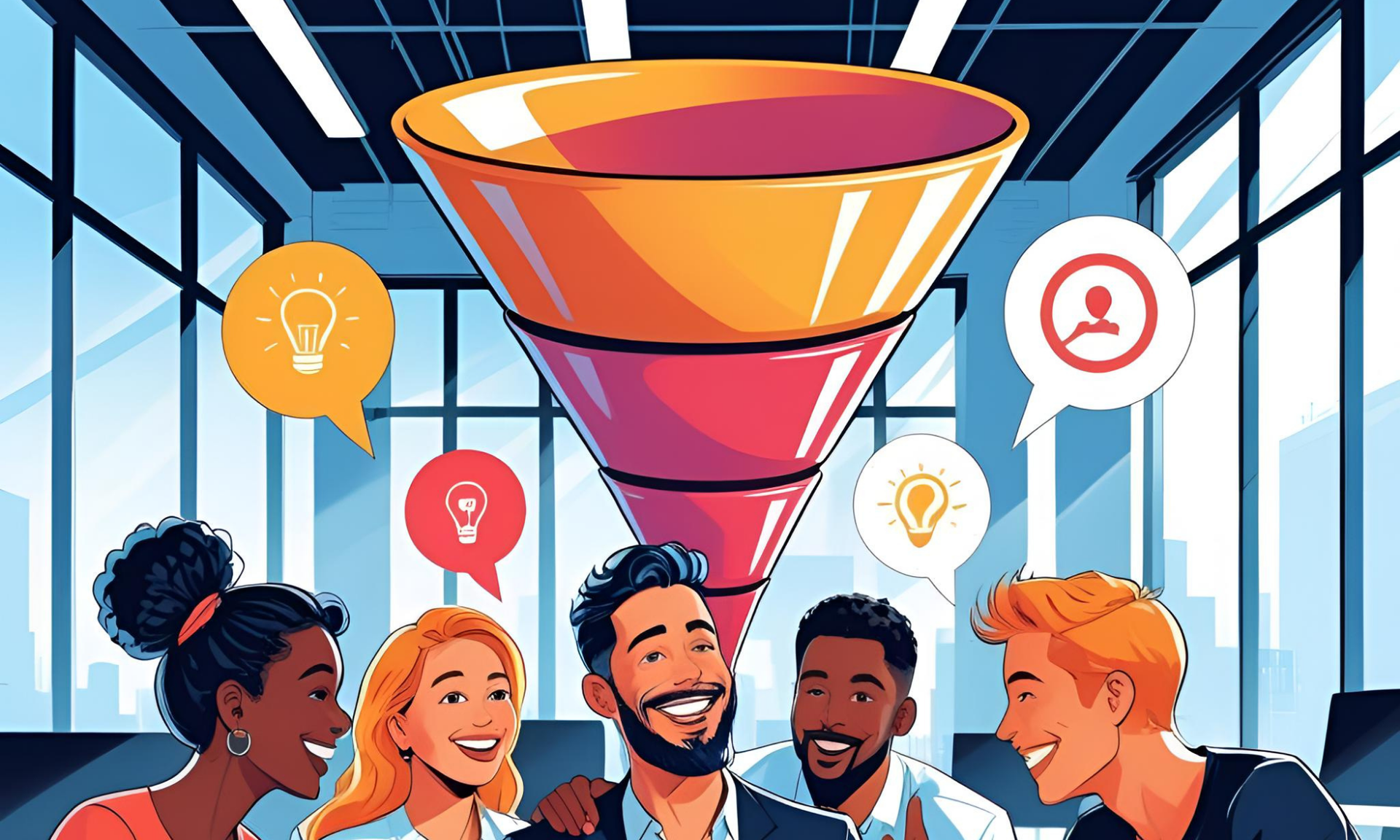
Implementation Strategy for Emerging Channels
Successfully implementing emerging technologies requires careful planning and resource allocation:
- Pilot Program Approach: Start with small-scale tests of new technologies before scaling investment, allowing for learning and optimization without significant risk.
- Cross-Functional Collaboration: Ensure marketing, technology, and data teams work together to implement and optimize emerging channel strategies effectively.
- Performance Measurement: Establish clear KPIs and measurement frameworks for new channels, recognizing that traditional metrics may not apply to innovative approaches.
This emerging combination positions brands ahead of competitors by leveraging cutting-edge technologies that enhance user experience while driving measurable results.
Early adopters of these channel combinations typically see 30-50% better performance metrics compared to traditional approaches, while building valuable experience with technologies that will become mainstream within 2-3 years.
How to Choose the Right Channel Mix for Your Business
Selecting optimal channel combinations depends on multiple strategic factors that require careful analysis and systematic decision-making frameworks.
Strategic Framework for Channel Selection
Budget Allocation Strategy: For medium-sized companies, it's usually best to pick 2-3 channels for performance marketing initially, keeping close watch on data to see what works, then incorporating new channels as you gain experience and confidence. The typical budget distribution follows the 70-20-10 rule: 70% on proven channels, 20% on promising optimizations, and 10% on experimental new channels.
Company Growth Stage Alignment: Channel selection must align with organizational maturity and goals:
- Early-Stage Startups: Focus on establishing product-market fit with 1-2 high-impact channels. Prioritize channels that provide direct customer feedback and rapid iteration capabilities.
- High-Growth Companies: Implement full-funnel strategies with 4-6 channel combinations to scale efficiently while maintaining growth momentum. Focus on channel optimization and automation systems.
- Mature Organizations: Optimize existing channel performance while testing emerging technologies. Emphasis on customer retention, lifetime value optimization, and market share defense.
Industry-Specific Channel Performance
Different industries show distinct performance patterns across channel combinations:
SaaS and B2B Technology
The best performance marketing channels are PPC marketing, video ads, influencer marketing, and content marketing. Account-based marketing (ABM) approaches show particularly strong results, with 76% of marketers who use ABM reporting higher ROI than other marketing activities.
E-commerce and D2C Brands
Email marketing, SMS marketing, programmatic advertising, retargeting ads, influencer marketing, and social media advertising deliver optimal results. These channels provide excellent product showcasing opportunities and direct conversion paths.
B2B Professional Services
Video advertising, email marketing, social media marketing, search and display ads, programmatic advertising, and content marketing work best. Relationship-building channels outperform transactional approaches in professional services contexts.
Healthcare and Financial Services
Due to regulatory requirements, focus on compliant channels like search marketing, email marketing, and educational content marketing. Social media requires careful compliance monitoring but can be highly effective for awareness.
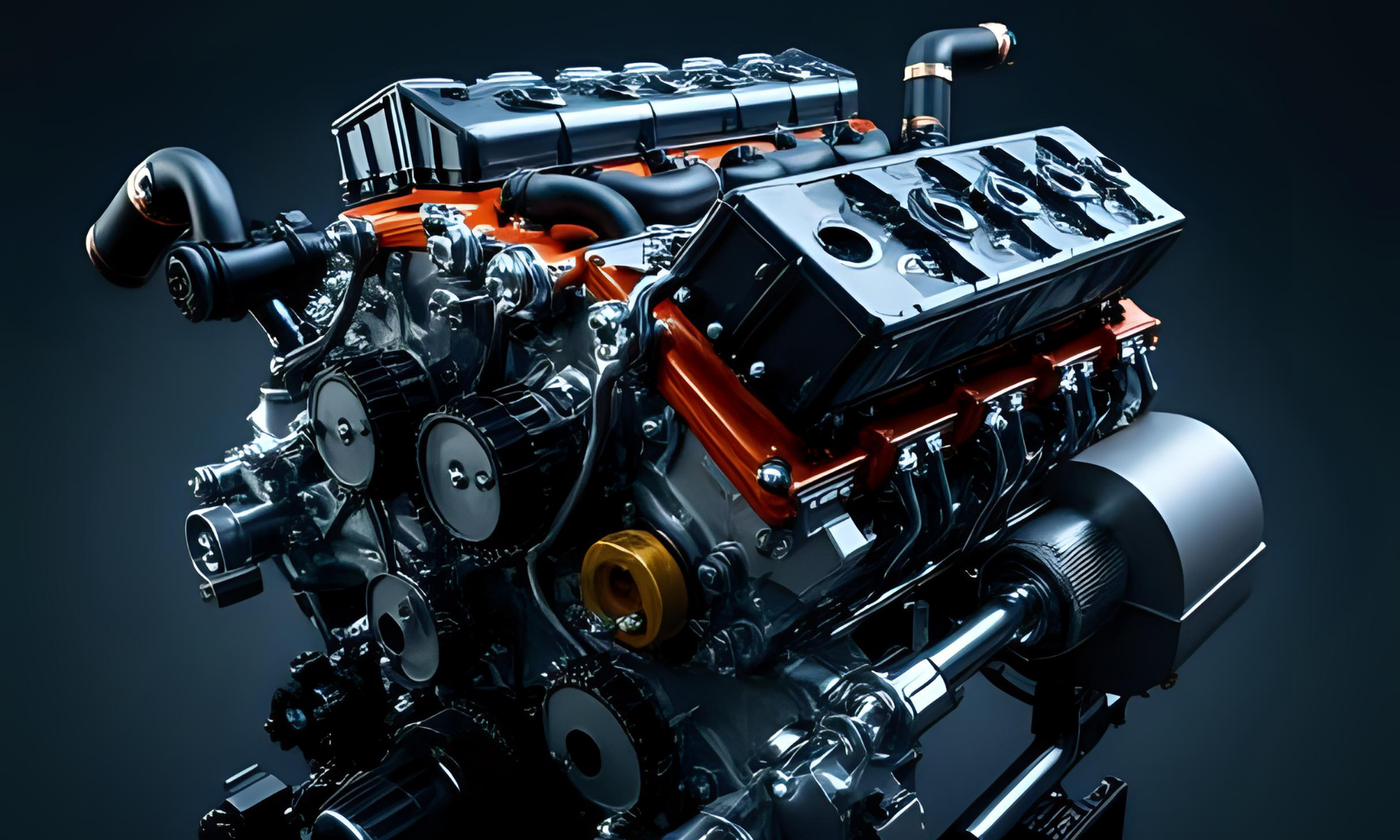
Measurement and Attribution Framework
AI-powered content creation and optimization represent a paradigm shift in how marketers produce and refine marketing materials. Modern AI systems can generate, test, and optimize content across multiple formats and channels simultaneously.
The Content Creation Revolution:
AI content creation has evolved beyond simple text generation to encompass comprehensive content strategy. Tools like Clarabridge and Brandwatch are taking sentiment analysis to the next level—beyond polarity to contextual emotion detection, enabling content that resonates emotionally with target audiences.
Multi-Format Content Generation:
Modern AI platforms create content across multiple formats:
- Text Content: Blog posts, email copy, social media content, and ad copy
- Visual Content: Image generation, video creation, and graphic design
- Audio Content: Podcast scripts, voiceovers, and audio ad creation
- Interactive Content: Quizzes, polls, and dynamic web experiences
Dynamic Content Optimization:
AI systems continuously optimize content performance through real-time testing and adaptation. In 2025, expect to see this tried-and-true technology enhanced by AI, which enables even deeper insights into how to best reach target audiences.
Content Performance Intelligence:
Advanced AI analytics provide granular insights into content performance:
- Engagement pattern analysis across different audience segments
- Optimal posting times and frequency recommendations
- Content format preferences by customer type
- Sentiment analysis and emotional response tracking
SEO and Content Optimization:
AI-powered SEO tools optimize content for both traditional search engines and emerging AI-powered search platforms. This includes:
- Semantic keyword optimization
- Featured snippet targeting
- Voice search optimization
- AI search query optimization
Brand Voice Consistency:
AI systems can maintain consistent brand voice across all content while adapting tone for different channels and audience segments. This ensures brand coherence while maximizing channel-specific effectiveness.
Automated A/B Testing:
AI enables sophisticated multivariate testing of content elements, automatically identifying winning combinations and implementing optimizations without manual intervention.
Content Personalization at Scale:
AI can create personalized content variations for different audience segments, locations, or individual customers, scaling personalization efforts that would be impossible to manage manually.
Quality Assurance and Human Oversight:
While AI dramatically enhances content creation efficiency, successful implementations maintain human oversight for brand alignment, fact-checking, and strategic direction. Marketers who can effectively combine AI's capabilities with human expertise will have a clear advantage in 2025.
Key Takeaway
Success in 2025 requires strategic channel combinations that work synergistically across all funnel stages, supported by sophisticated measurement and optimization systems that enable continuous improvement.
Frequently Asked Questions
What is full funnel performance marketing?
Full funnel performance marketing is a data-driven strategy that optimizes marketing efforts across all stages of the customer journey - from initial awareness through conversion and retention. Unlike traditional performance marketing focused only on bottom-funnel conversions, this approach measures and optimizes performance at every touchpoint.
Which performance marketing channels work best together?
The most effective combinations include: paid social + SEO + influencer marketing for awareness; email + retargeting + content marketing for consideration; and search ads + landing page optimization + CRO for conversion. The key is selecting channels that complement rather than compete with each other.
How much should I budget for performance marketing channel combinations?
Budget allocation varies by business size and goals. Small businesses typically start with $5,000-$15,000 monthly across 2-3 channels, while enterprise companies may invest $50,000+ monthly across comprehensive channel combinations. The key is starting with proven combinations and scaling based on results.
How do I measure performance across multiple marketing channels?
Implement multi-touch attribution tracking that captures all customer touchpoints, use unified analytics platforms that aggregate data across channels, and establish consistent KPIs for each funnel stage. Marketing automation platforms help consolidate performance data for easier analysis.
What's the difference between a performance marketing agency and full funnel marketing agency?
Performance marketing agencies typically focus on measurable, results-driven campaigns with immediate ROI tracking. Full funnel marketing agencies take a broader approach, optimizing the entire customer journey from awareness to advocacy. The best agencies combine both approaches for comprehensive performance optimization.
Which industries benefit most from full funnel performance marketing?
E-commerce, SaaS, financial services, healthcare, and professional services see the strongest results from full funnel approaches. Any business with considered purchase decisions or longer sales cycles benefits from comprehensive funnel optimization rather than single-channel performance tactics.










